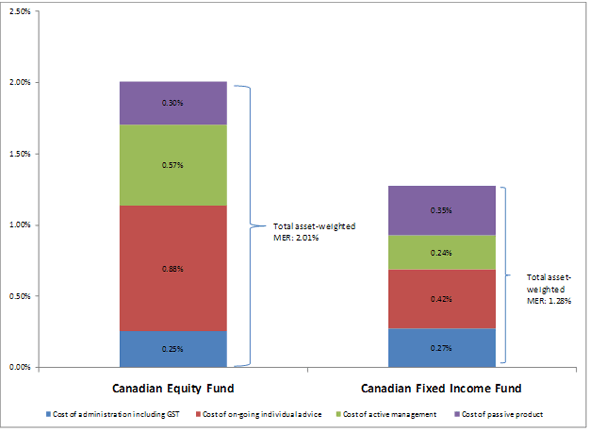How to Buy Bonds Choosing Among Mutual Funds ETFs and Direct Investment
Post on: 16 Март, 2015 No Comment

You can opt-out at any time.
Individual investors who are looking to invest in bonds have three options to consider: mutual funds. exchange-traded funds (ETFs), and direct investment through a broker or a government service known as TreasuryDirect. Here is a look at each:
Mutual Funds
Mutual funds are probably the easiest option for the average investor, since it’s possible invest directly with the fund company rather than having to open a brokerage account. What’s more, mutual funds can provide the benefit of professional management and diversification. Most bond mutual funds have low minimums to invest – typically between $1,000 to $10,000 – which makes them very accessible to individual investors. Choosing a bond fund is a more straightforward process than investing directly or using an ETF, but mutual funds typically carry higher fees .
Exchange-Traded Funds
ETFs have exploded in popularity in recent years, and for good reason. ETFs are securities that trade as individual stocks on the major exchanges, but that track an index or a particular basket of stocks or bonds. Investors can use ETFs to gain exposure to either broader market performance or very specific market segment. For example, the iShares Barclays Aggregate Bond Fund is an ETF that mirrors the performance of the entire U.S. bond market, while there are over 150 ETFs that carve up the market into very specific slices based on asset classes (i.e. corporate bonds versus U.S. Treasuries ) or maturity dates. Exchange-traded funds typically feature lower fees than mutual funds, which is an important consideration for longer-term investors.
While ETFs are different from mutual funds, the same rules apply: make sure the ETFs you choose are appropriate to your needs, stay diversified, and follow the same steps as you would when choosing ordinary mutual funds.
Direct Investment
Direct investment is the most complicated of the three options, and therefore the one least suited to an individual investor with limited experience. To invest in individual securities, you can take two routes: 1) open a brokerage account with a company that will allow you to invest directly in bonds, or 2) stick with government bonds and open an account with TreasuryDirect.

Typically, most advisors will recommend that you can invest at least $100,000, and preferably double that, to achieve enough diversification
One benefit of investing in individual bonds is that you can expect to receive your principal back upon the bonds’ maturity – providing, of course, that you avoid the rare possibility of selecting a bond that defaults. With a mutual fund or ETF, there is no such maturity date – meaning the price at which you sell the fund may well be lower than your original purchase price. At the same time, however, there is no possibility that a mutual fund or ETF will default.
One simple way for an individual to invest in government bonds is to use TreasuryDirect, a website provided by the U.S. Treasury that allows individual investors to buy bonds directly from the government. Investors can use TreasuryDirect to purchase U.S. Treasury bonds, notes, and bills, Treasury Inflation-Protected Securities (TIPS), and savings bonds. All transactions are electronic, and investors can opt to link their bank accounts to facilitate deposit and withdrawal.
Which One is Right For You?
Today, individuals have a wider variety of options for investing in bonds than at any point in the past. While this offers a broader range of choice, it also makes the process of investing in bonds more complicated. But – as always – the best option is to let your own objectives and risk tolerance be the foremost guide your decision-making process.














